August visits the "red addresses"
Coming to Van Phu commune (now Van Ninh commune) - the land marking important historical events of Van Ninh district (old) in particular and Khanh Hoa province in general, Phu Cang communal house still stands tall at the entrance of the village, its moss-covered tiled roof as a silent witness of the boiling revolutionary days. Under the shade of the ancient banyan tree, we thought we could still hear the echoes of drums and the shouts of the uprising army in the past, when this place was chosen as the starting point of the August Revolution for the whole of Khanh Hoa.
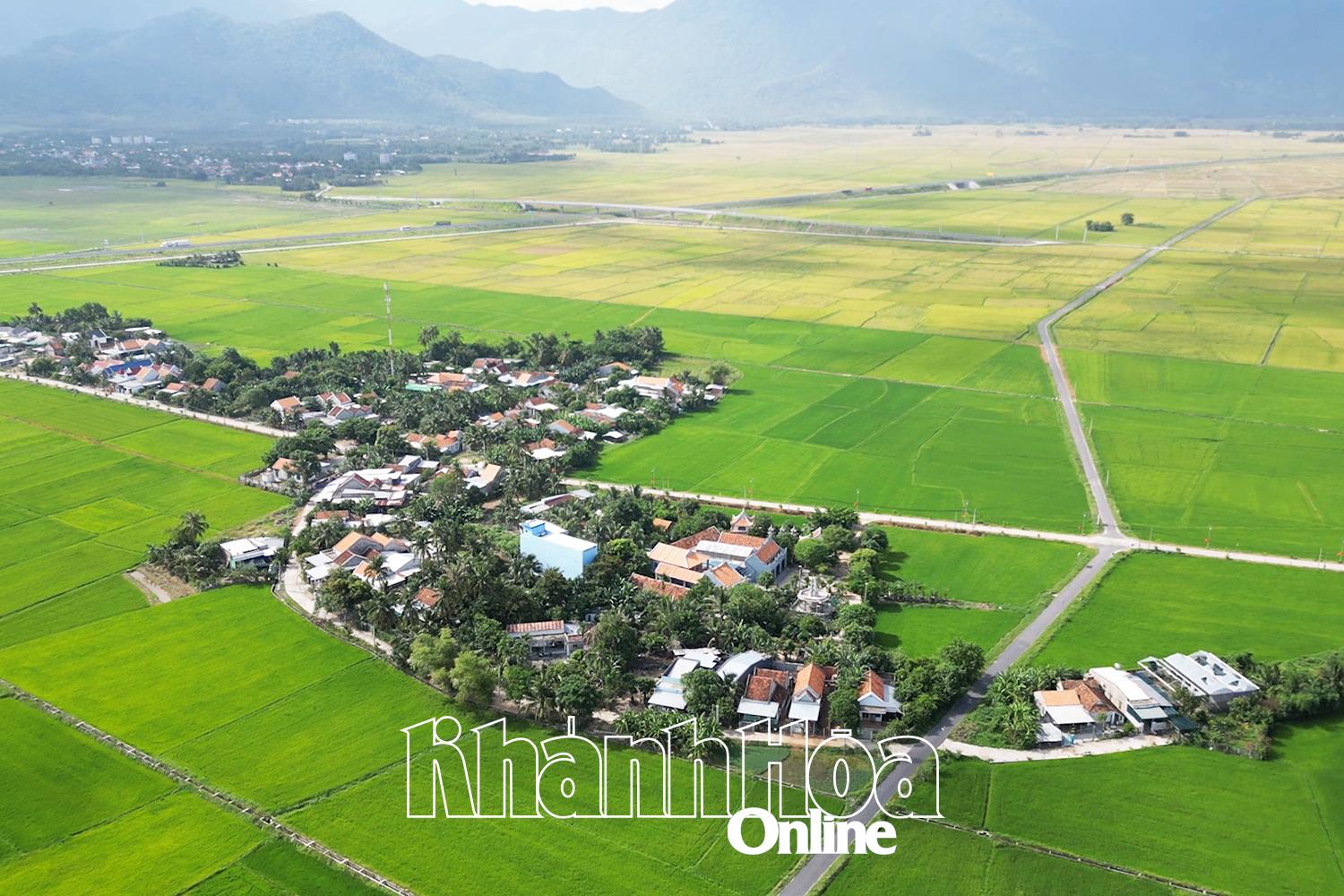 |
| Vinh Hue village (Van Ninh commune) lies peacefully among green fields. |
Walking on the wide village road, shaded on both sides, Mr. Nguyen Ngoc Thanh (82 years old, Vinh Hue village, Van Ninh commune), son of Mr. Nguyen Dinh Ai (1905-1963) - a patriotic revolutionary soldier who participated in the uprising to seize power on August 14, emotionally recounted: “My family was the place where an important meeting took place on the evening of August 9, 1945 to listen to the leaders disseminate policies and plans to carry out urgent tasks to prepare for the uprising. I remember my father telling me that during the resistance war against French colonialism, when he learned that his family was a revolutionary base and the enemy conducted raids, my father sent his children to the free zone in Phu Yen province (old), while my parents stayed behind to participate in the revolution, hide cadres, and work to produce food for the resistance war.”
According to the history of the Van Phu Commune Party Committee (old), after receiving approval from the Khanh Hoa Provisional Provincial Party Committee on the uprising policy, on August 13, 1945, comrade Hoang Huu Chap convened a meeting of the district Viet Minh to disseminate the uprising policy. The conference elected a steering committee of 9 comrades, with comrade Vo Phuoc Ly in charge, and comrade Hoang Huu Chap as Chairman of the Uprising Committee. On the afternoon and night of August 13, the uprising force from Phu Cang communal house divided into 3 groups to surround and approach the Van Ninh district headquarters (now in Quang Hoi 1 village, Van Thang commune). When the drum beat to signal the start of the uprising, our armed groups stormed the district headquarters. Outside, the mass forces carried rudimentary weapons, beat drums and gongs, and lit up the area with torches. Faced with our revolutionary spirit, the soldiers did not dare to resist and had to surrender all their weapons. District Chief Nguyen Trong Thuan was forced to hand over his seal, documents, and funds to the insurgent forces. At 6:00 a.m. on August 14, the red flag with a yellow star was raised to the top of the flagpole in the district office yard, and the cheers and applause of the rallyers resounded. Comrade Hoang Huu Chap, representing the Uprising Committee, stepped onto the stage to declare the abolition of the puppet government of the Japanese and the establishment of a provisional revolutionary government of the district; announced the 10-point program of the Viet Minh Front and affirmed that this was the platform of action of the revolutionary government. Van Ninh district was one of the earliest localities to revolt, and its complete victory contributed to promoting the general uprising in the entire province.
Going south of the province, we went to Van Phuoc village - where the first revolutionary base of Ninh Phuoc commune was located, and visited the memorial house of comrade Tran Thi (1891-1967) - an outstanding son of Khanh Hoa. Admiring the Duy Tan movement, in 1928, the young man Tran Thi gathered a number of enthusiastic acquaintances to establish the Council, a semi-legal, public organization with the aim of eliminating the "five evils" (alcohol, gambling, opium, debauchery, superstition) and promoting the "five constants" (benevolence, righteousness, propriety, wisdom, and trust). Under the leadership of comrade Tran Thi, Van Phuoc village was one of the localities with the vibrant revolutionary movement of the province. On May 1, 1930, the red hammer and sickle flag was first raised on the flagpole of Van Phuoc village communal house. Along with the red hammer and sickle flag, leaflets were spread throughout the village streets, creating a vibrant revolutionary atmosphere. In 1944, the Communist Party cell in Van Phuoc village was established. This was the first Communist Party cell in Ninh Phuoc and was the result of the process of mobilizing, building and developing revolutionary forces. Van Phuoc was also the operating area of many revolutionary soldiers of the Central Region Party Committee and key party members of the province. On August 22, 1945, under the leadership of comrades Tran Thi, Mai Manh, Nguyen Ngoc Lan, Nguyen Doi... the people of Van Phuoc in particular and Ninh Phuoc in general rose up to successfully seize power.
Mr. Nguyen Thanh Son - Chairman of Van Ninh Commune People's Committee: After the administrative unit arrangement, Van Ninh commune was established on the basis of merging Van Gia town, Van Phu commune and Van Luong commune. We are proud that this is the revolutionary cradle of the province. In the 2025 - 2030 term, the Party Committee, government and people in the commune are determined to build and develop Van Ninh commune to become a ward under the province by 2030; focus on rapid, sustainable and comprehensive economic development; exploit and maximize potentials and advantages to develop services - tourism, industry - construction as the main pillars. The commune strives for an average annual growth rate of 14% in total product value; an average annual growth rate of 14% in total state budget revenue; by 2030, the proportion of industry, construction and services in the total product value will reach 90%; total social investment capital will increase by an average of 20% annually; Average annual income per capita increased by 15%.
Write a new page for the homeland
There are still Phu Cang communal house, Van Phuoc communal house, ancient stone stele marking a time and the old committee headquarters located in a mountain cave marking a time of boiling revolution, still intact as proof of the longevity of history. But Van Phu, Van Phuoc today have taken on a new look. The old dirt roads of years ago have now been replaced by straight, clean concrete roads. On both sides of the road, spacious houses with bright red tiled roofs, green fences, fruit-laden gardens signal a full, prosperous life. In the fields, people are busy harvesting crops, mixed with cheerful laughter. In the corner of the village market, the bustling trading scene reflects the new vitality of the countryside that is changing day by day.
Mr. Tran Hau Binh - Secretary of Vinh Hue village Party Cell (Van Ninh commune) said that Van Phu people today not only preserve the memories of a time of arduous struggle but also proudly write a new page for their homeland. From the cradle of the revolution in the past, this land has grown strongly, becoming a symbol of the connection between heroic traditions and aspirations for development. Over the years, cadres, party members and people of the village have always united, mobilized each other to overcome difficulties, enthusiastically worked in production, proactively converted crops and livestock to bring in higher income. In addition, the village has received attention and investment in infrastructure, thereby improving people's lives; the whole village has only 2 poor households.
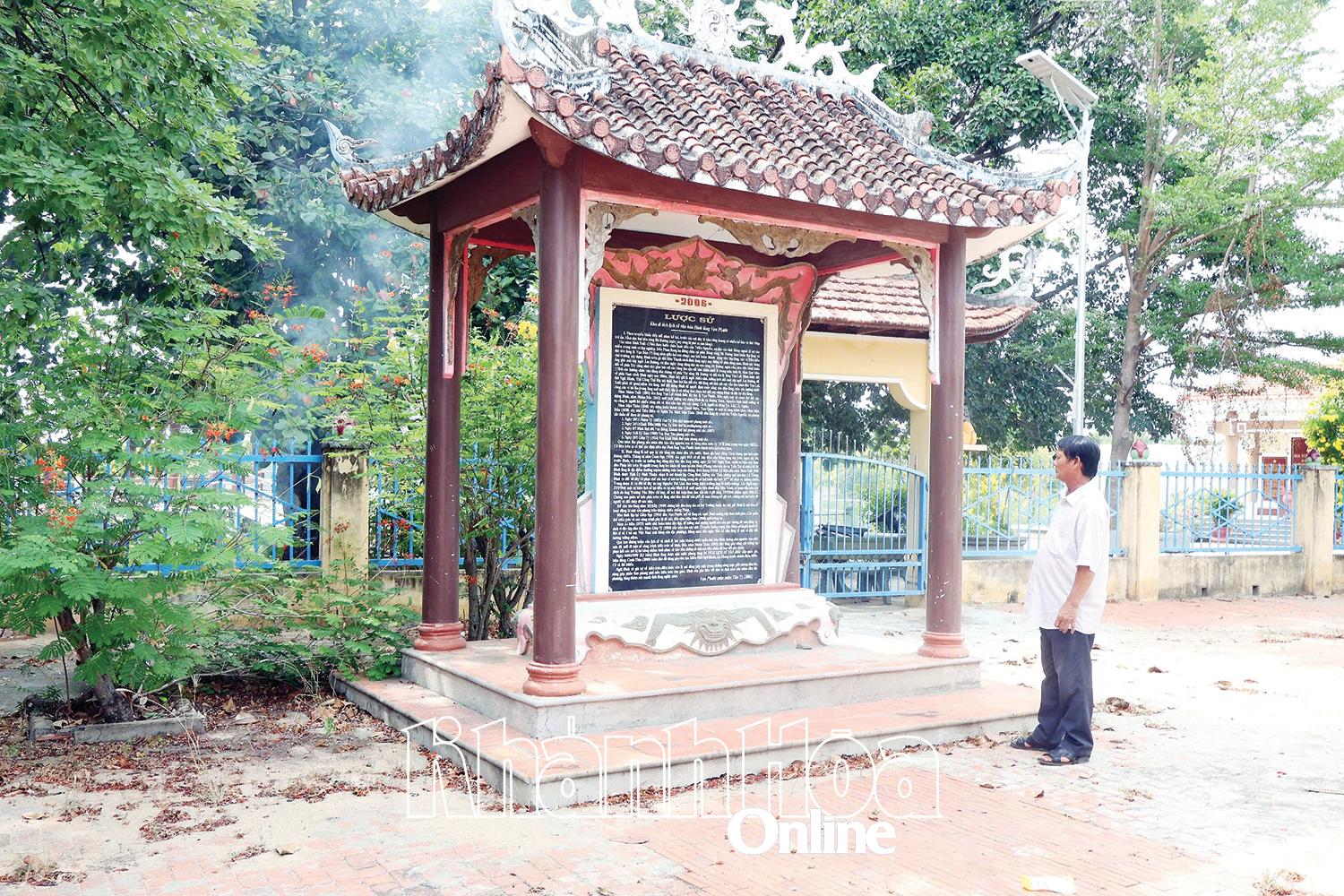 |
| During the French colonial period, Van Phuoc communal house (a national historical and cultural relic) was closely associated with the revolutionary struggles of the Party and people in the southern region of the province. |
Mr. Phan Minh Tung - Deputy Secretary of the Party Cell, Head of Van Phuoc Village said that the whole village has 101 families with preferential policies and people with revolutionary contributions. Promoting the glorious tradition of the revolutionary homeland, the current generation of Van Phuoc descendants constantly strives to develop the economy, build a prosperous and happy new countryside. The whole village has reduced to 4 poor households and 9 near-poor households. In the past 5 years, the village has mobilized people to contribute billions of VND to build works related to the Van Phuoc communal house historical relic site and the Tran Thi memorial house to create a spacious landscape; preserve traditional historical values and create favorable conditions for all levels, sectors, units and organizations to visit and organize revolutionary tradition education activities.
Saying goodbye to Van Ninh and Van Phuoc - a heroic land that marked a time, walking on concrete roads winding between residential areas, rice fields and apples woven with mosquito nets, we felt generations of today are diligently clinging to the land to get rich, joining hands to build a new countryside that is increasingly prosperous.
MANH HUNG - LAM ANH
Source: https://baokhanhhoa.vn/xa-hoi/202508/suc-song-moi-trenvung-que-cach-mang-6be573f/


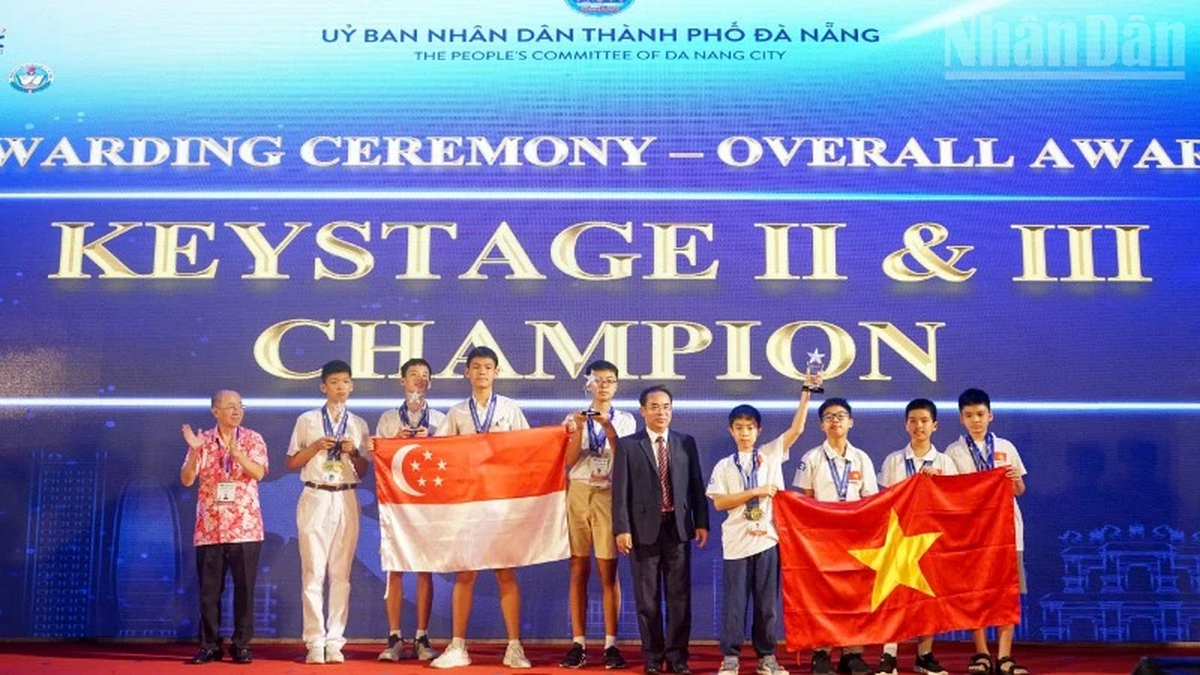
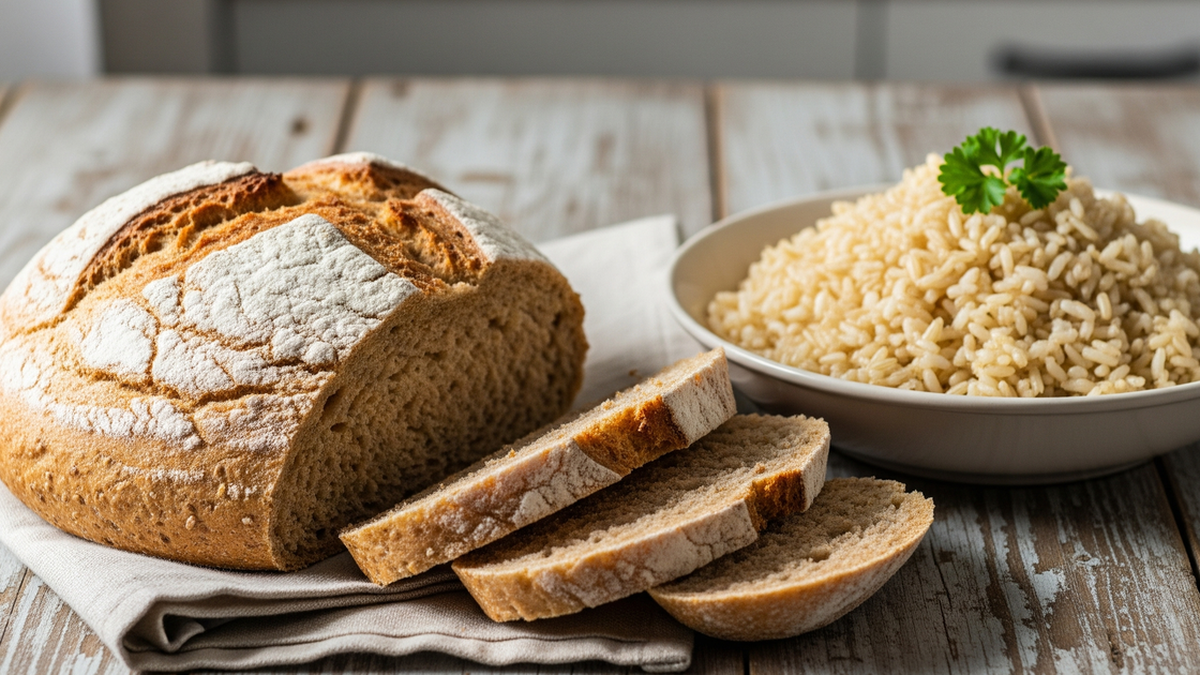
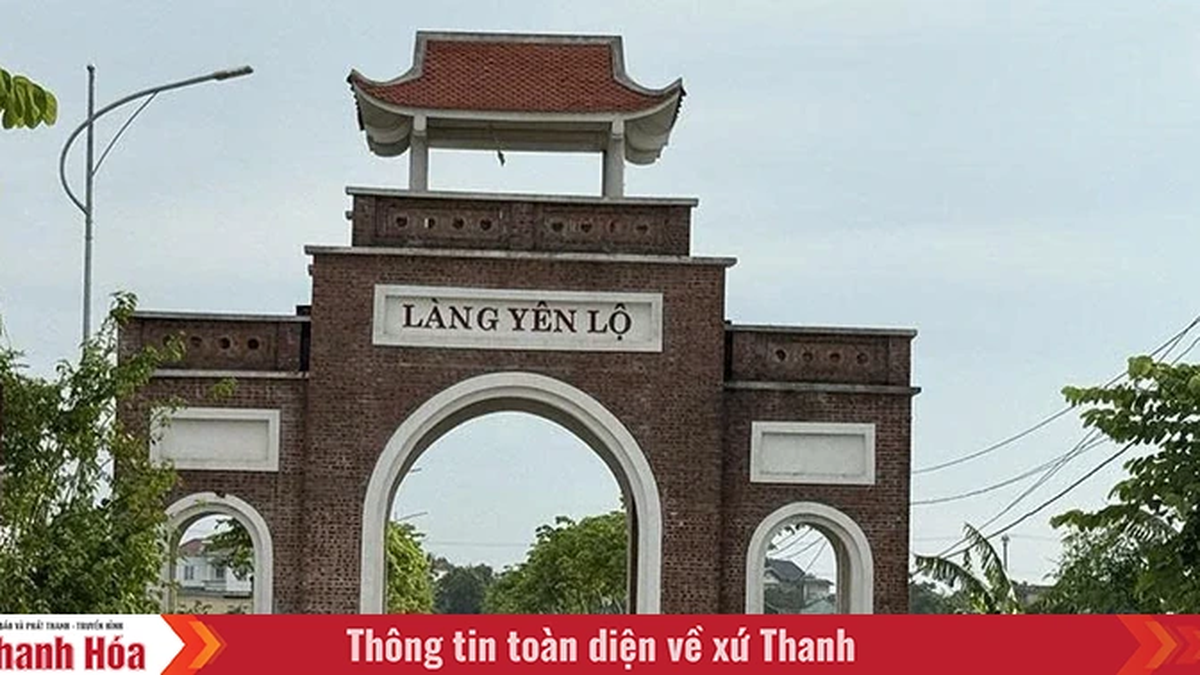
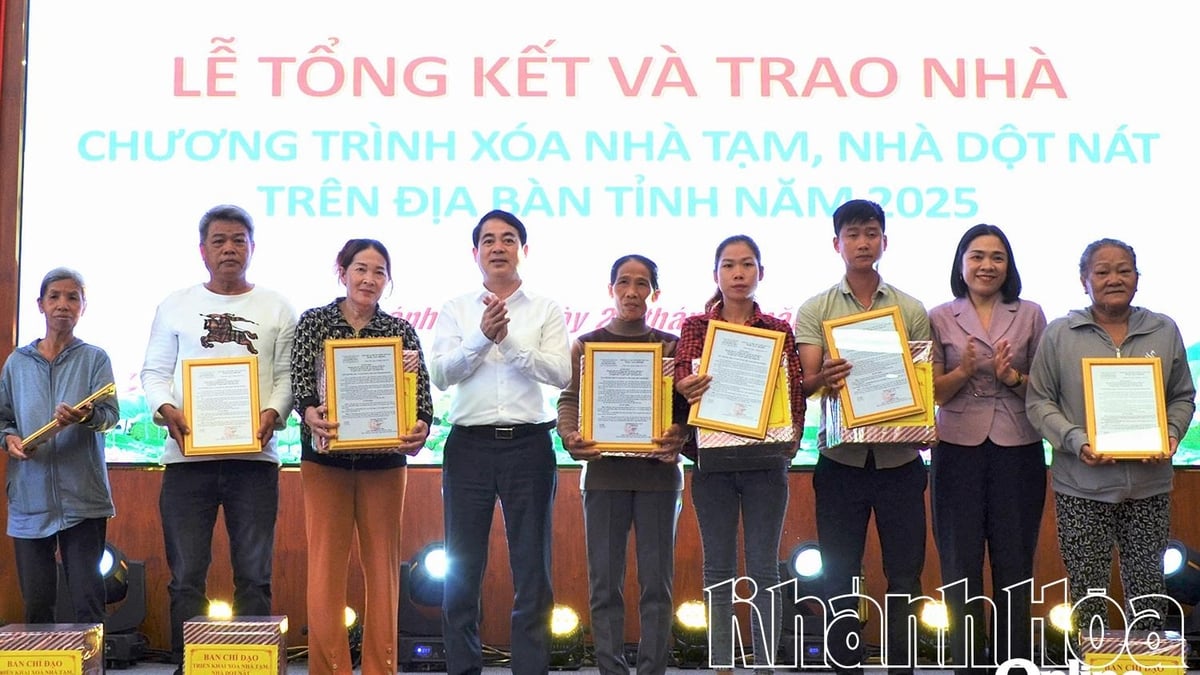
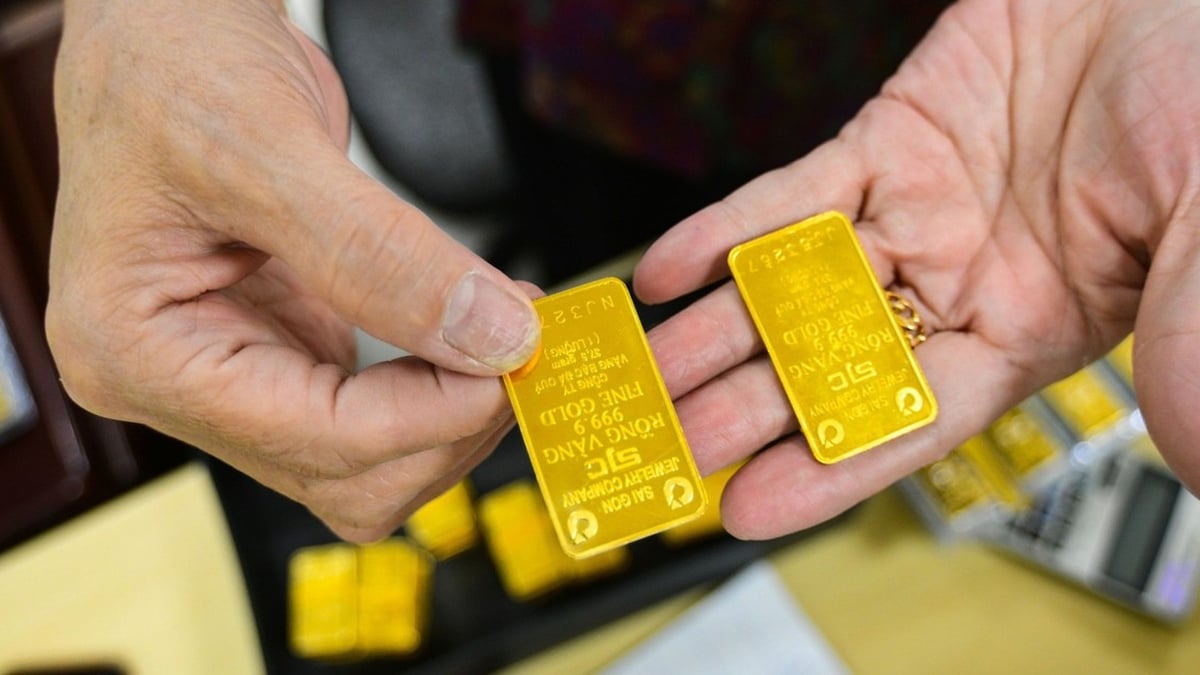


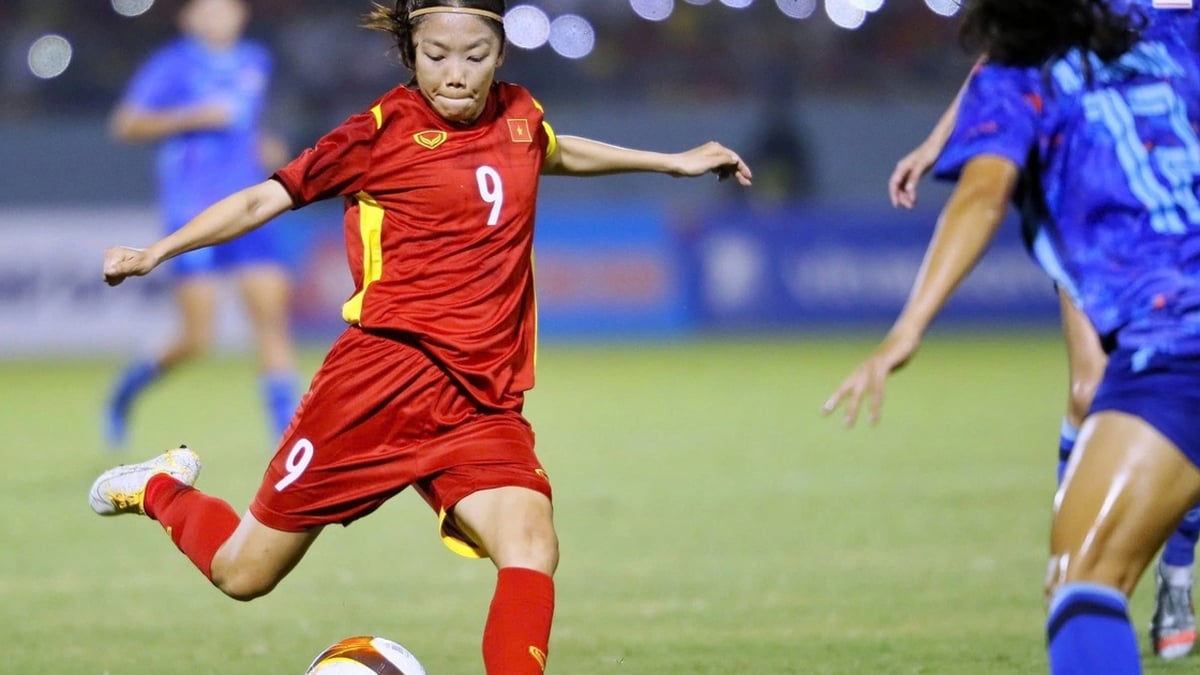
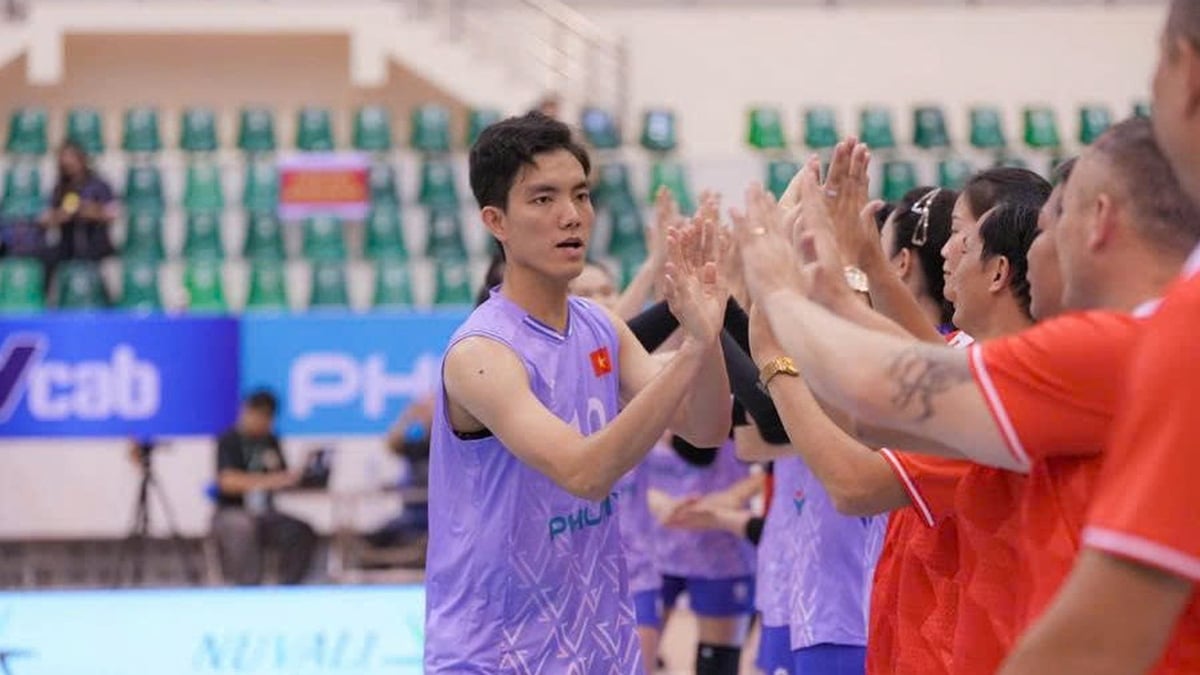











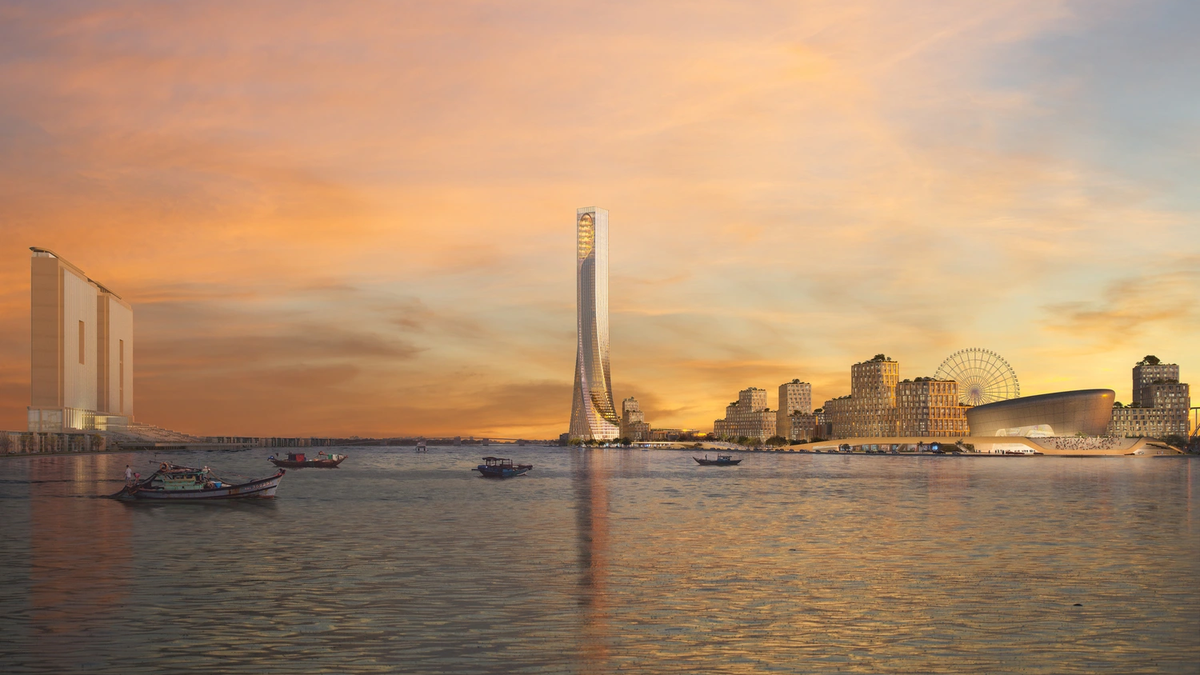
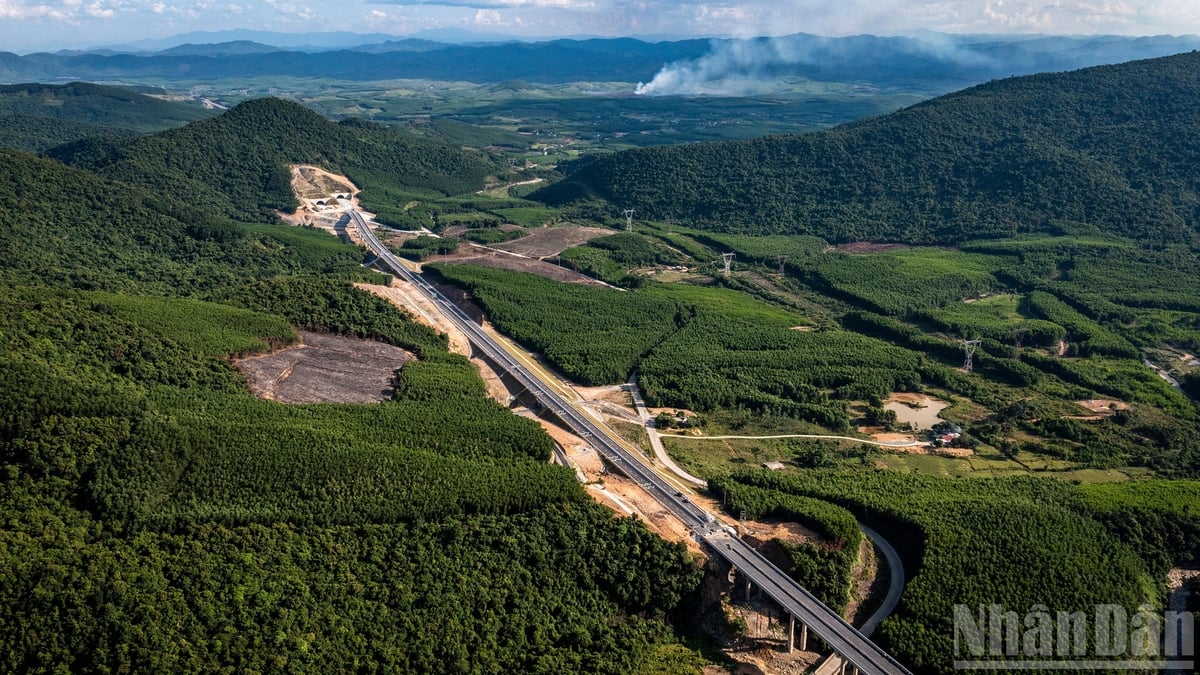
![[Photo] Prime Minister Pham Minh Chinh attends the opening ceremony of the National Data Center](https://vphoto.vietnam.vn/thumb/1200x675/vietnam/resource/IMAGE/2025/8/18/b5724a9c982b429790fdbd2438a0db44)
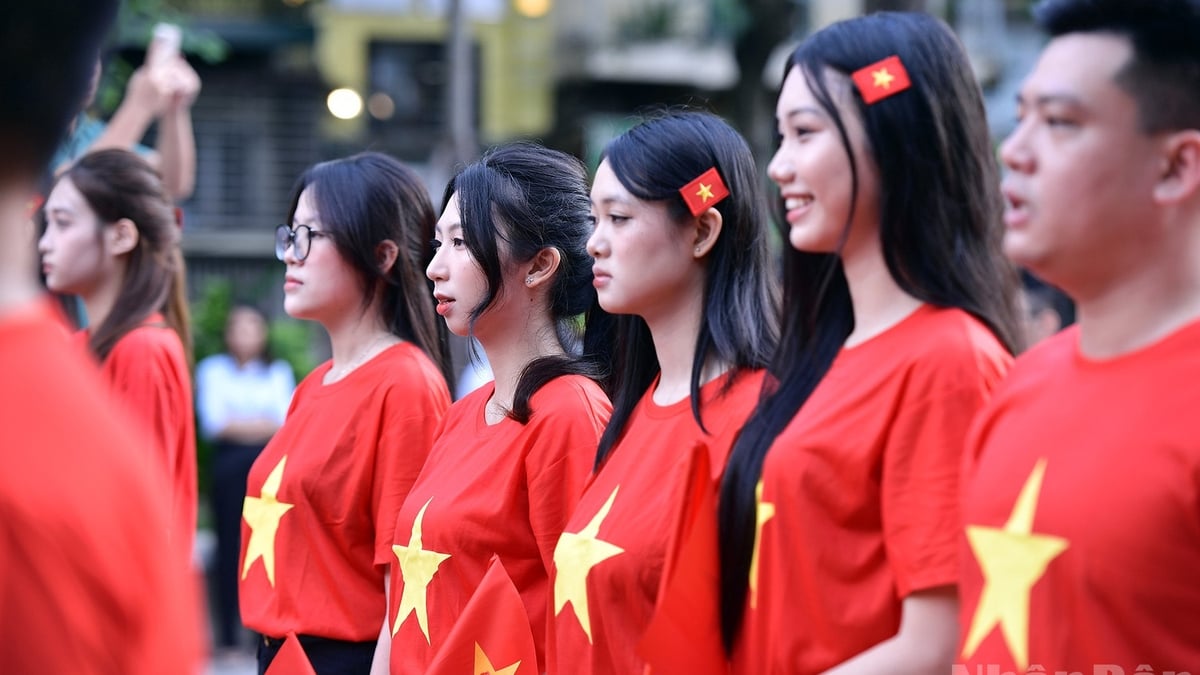
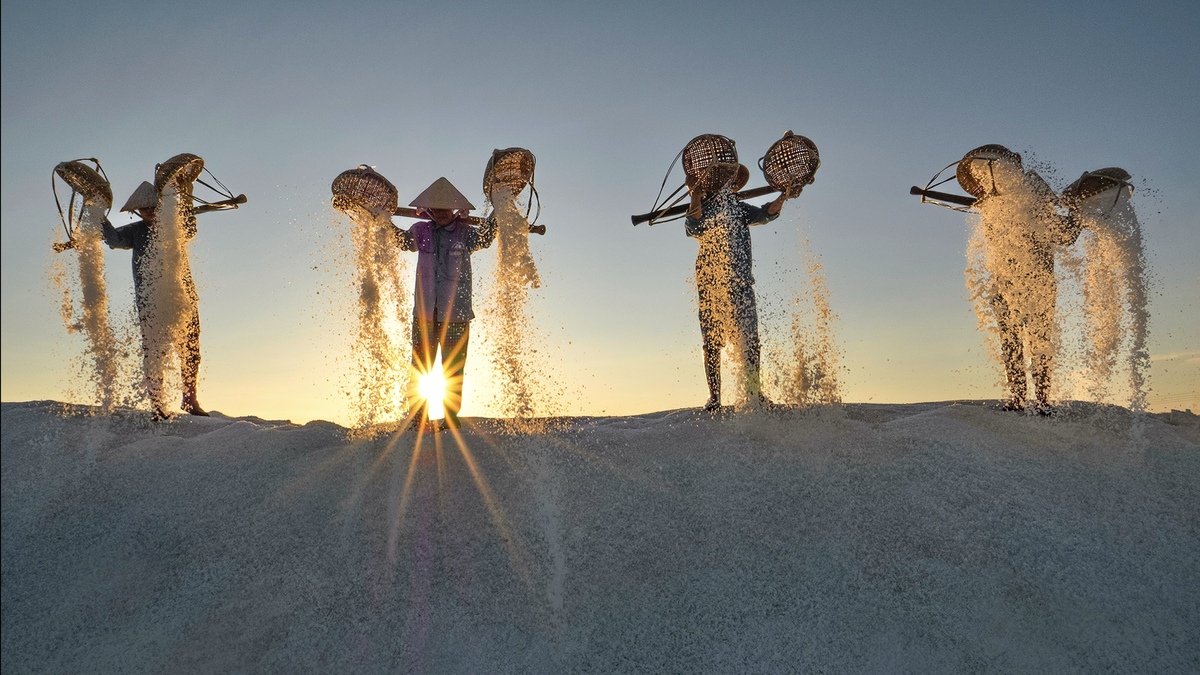

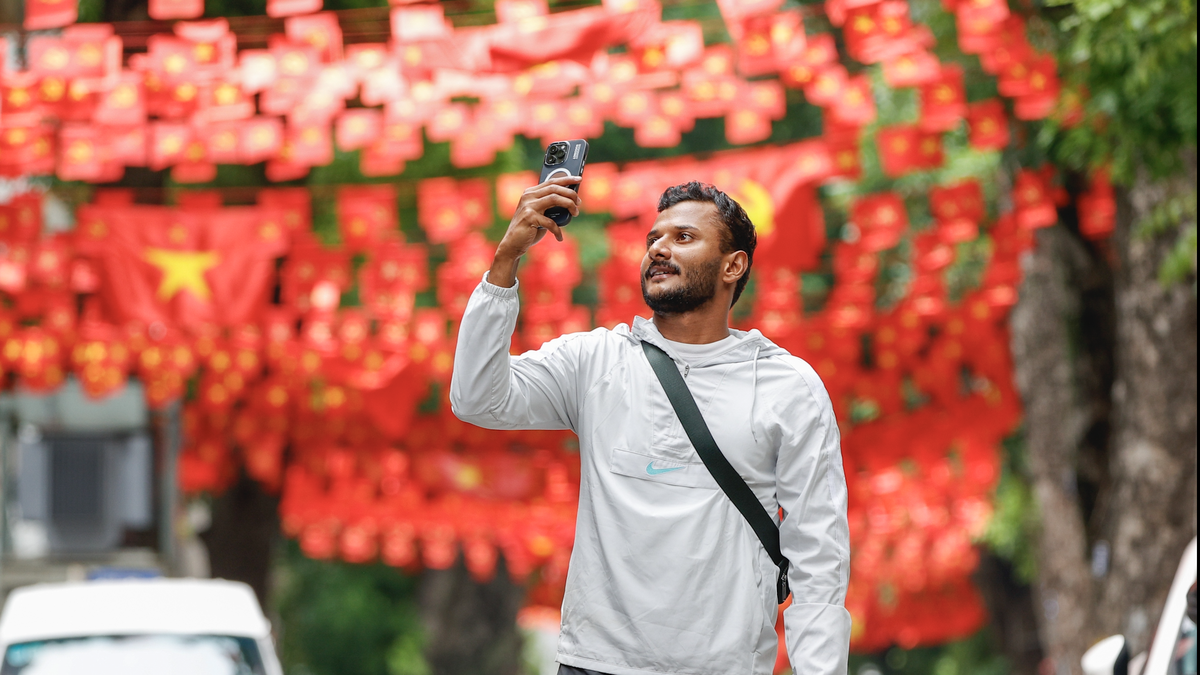

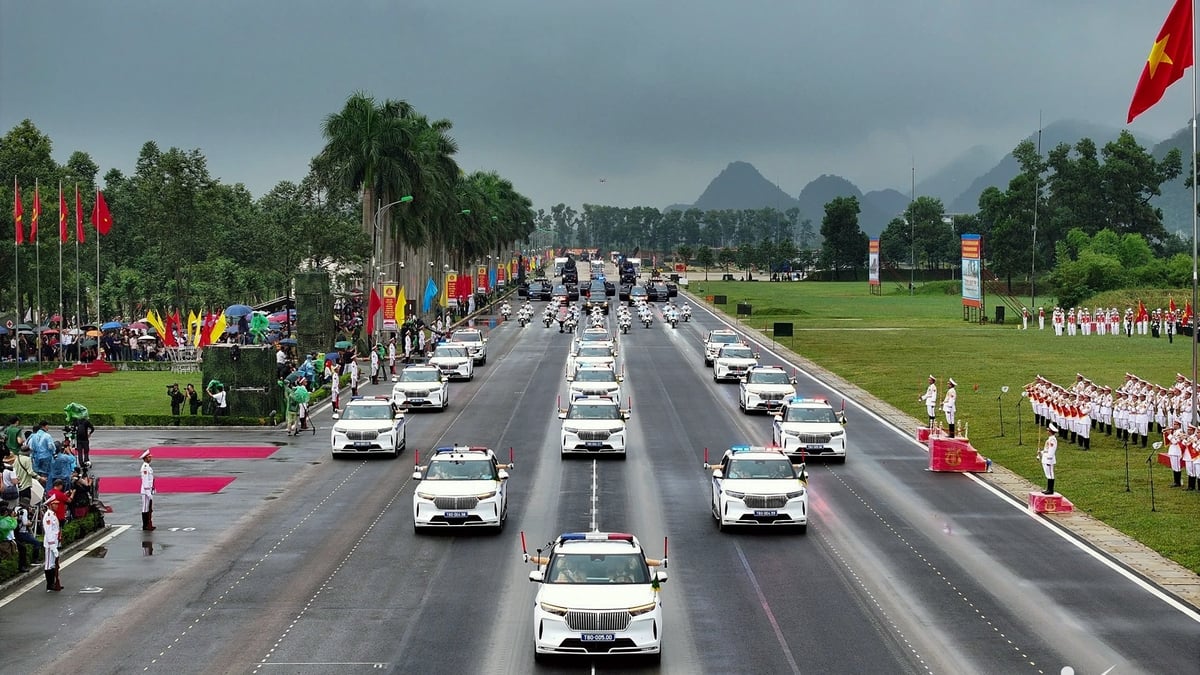
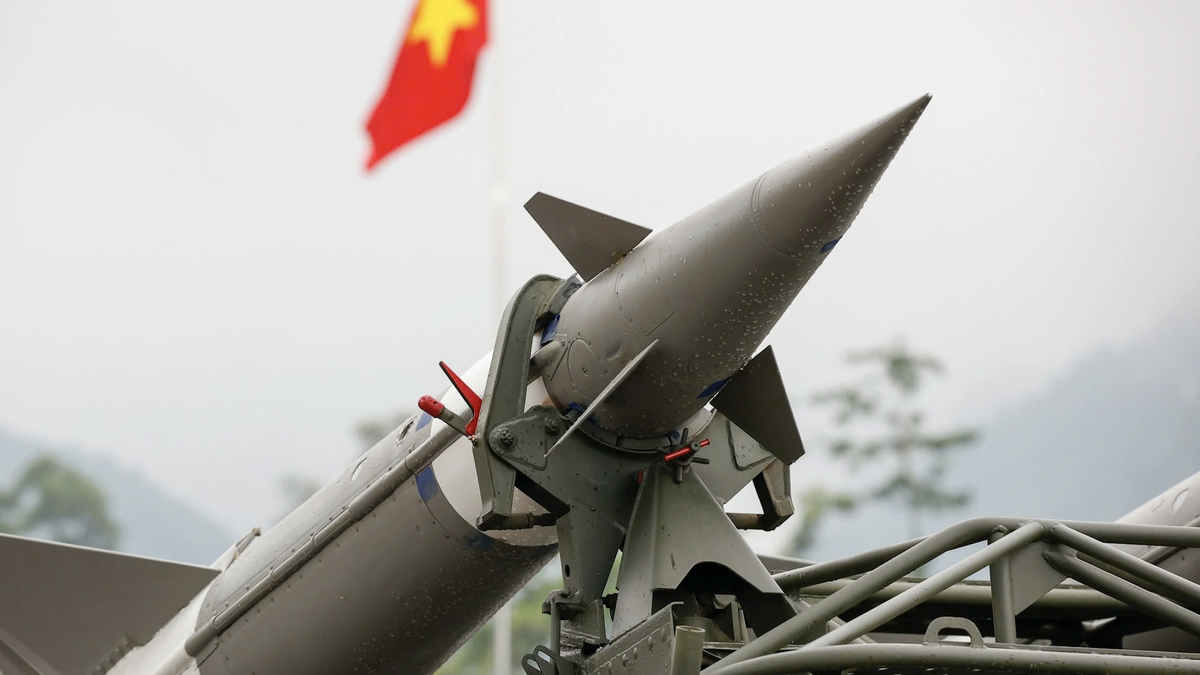




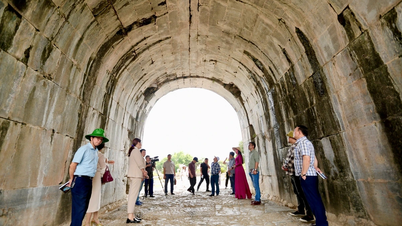



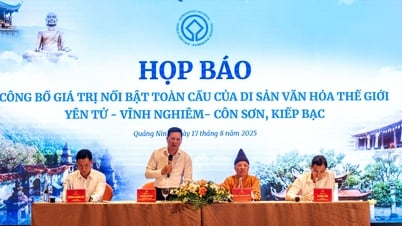

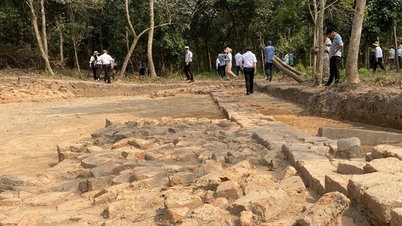

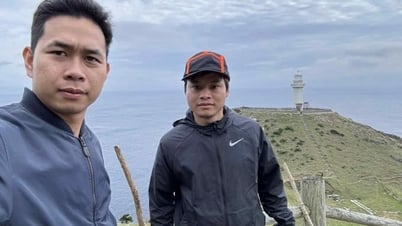

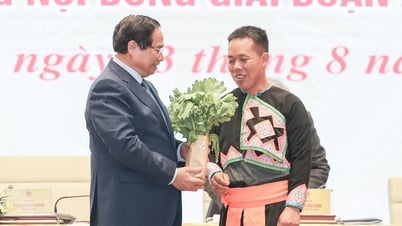

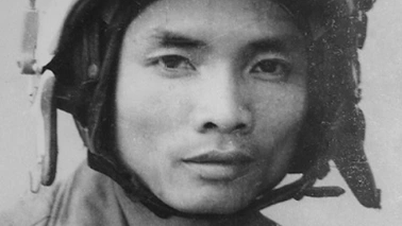

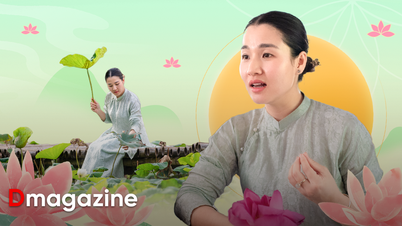

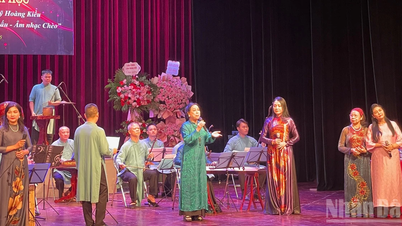




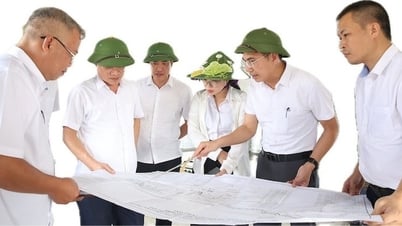
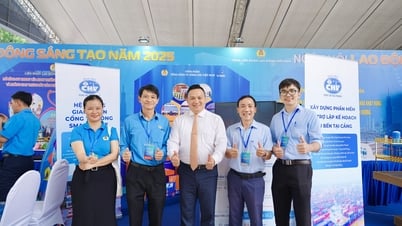

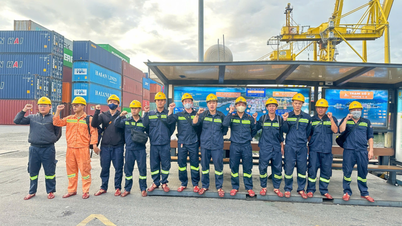
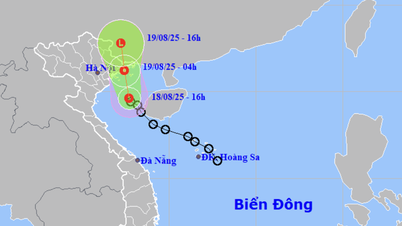

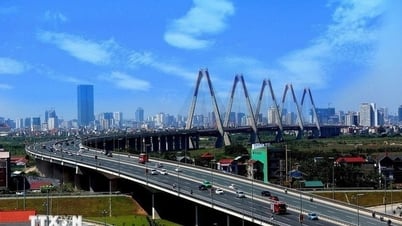

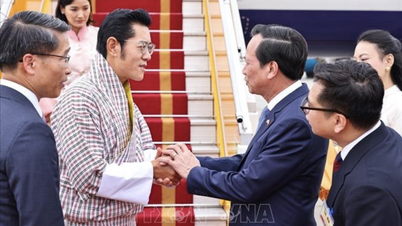
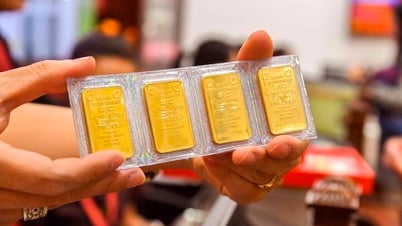

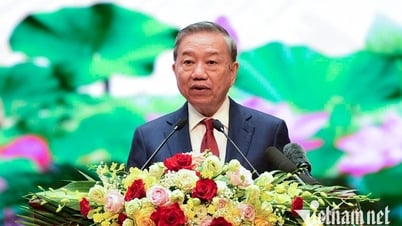

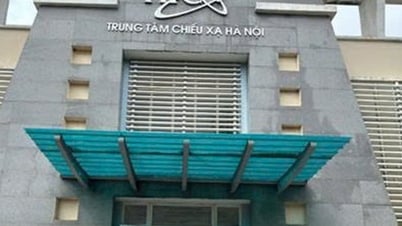


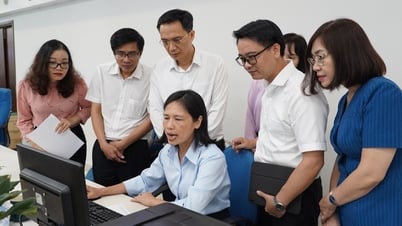
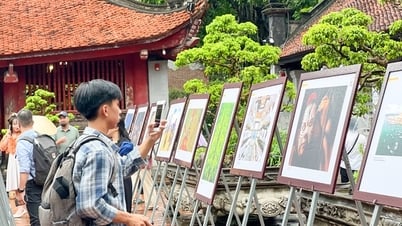

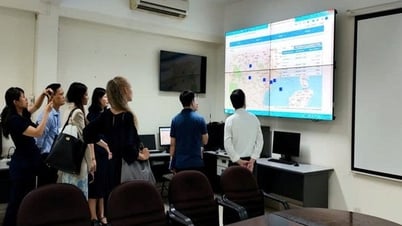
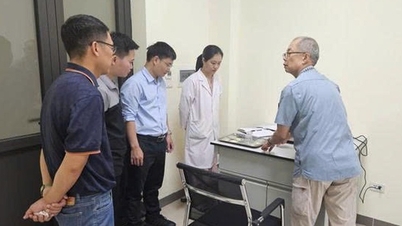







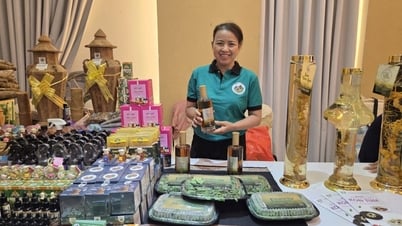

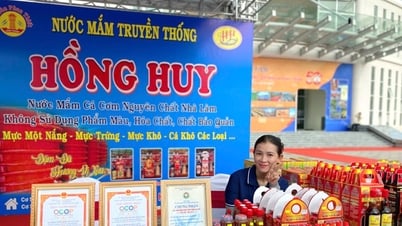






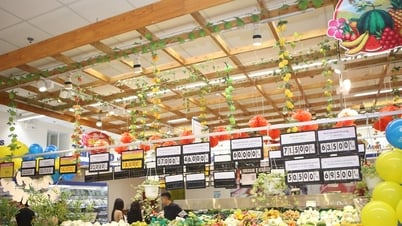





Comment (0)